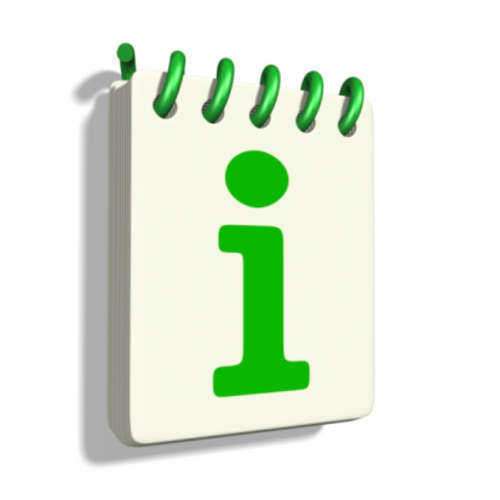
Satisfaction of Loans A nd Liens: The Key To Unlocking Your Financial Freedom
When it comes to borrowing money, whether it’s for a mortgage, car loan, or personal loan, there’s always a sense of relief when the loan is finally paid off. But what happens after you’ve made the final payment? Can you simply walk away from the property or asset without any further obligations? The answer is not always a straightforward one. That’s where the concept of satisfaction of loans and liens comes in.
What Is Satisfaction Of Loans And Liens?
In simple terms, satisfaction of loans and liens refers to the process of releasing a borrower’s liability for a loan or debt after the loan has been fully paid. This means that the lender’s claim on the property or asset is removed, and the borrower is no longer obligated to make any further payments.
In most cases, satisfaction of loans and liens involves a formal process that involves the following steps:
1. Notice of Completion: The borrower provides written notice to the lender that the loan has been fully paid.
2. Verification: The lender verifies the payment and confirms that the loan is indeed satisfied.
3. Recording: The satisfaction of the loan is recorded with the relevant government agency, such as the county recorder’s office.
4. Release of Lien: The lender releases its lien on the property or asset, freeing up the borrower’s title to the property.
Why Is Satisfaction Of Loans And Liens Important?
Satisfaction of loans and liens is crucial for several reasons:
1. Freedom from Debt: Once a loan is satisfied, the borrower is no longer bound by the terms of the loan agreement. This means they can sell or transfer ownership of the property without any encumbrances.
2. Improved Credit Score: Satisfying a loan can help improve a borrower’s credit score, as it demonstrates their ability to manage debt and make timely payments.
3. Reduced Stress: Paying off a loan can be a significant financial burden, and satisfaction of loans and liens can bring a sense of relief and peace of mind.
Common Scenarios Where Satisfaction Of Loans And Liens Is Required
There are several situations where satisfaction of loans and liens may be necessary:
1. Mortgage Payoff: When a homeowner pays off their mortgage in full, they need to satisfy the loan to release their title to the property.
2. Car Loan Payoff: Similarly, when a car owner pays off their car loan, they need to satisfy the loan to remove any liens on the vehicle.
3. Tax Lien Payoff: If a borrower has outstanding tax debt, they may need to satisfy the lien to avoid foreclosure or other penalties.
4. Judgment Lien Payoff: In cases where a borrower has been sued and a judgment has been issued against them, satisfying the lien can help resolve outstanding debt.
Conclusion
Satisfaction of loans and liens is a critical step in managing debt and achieving financial freedom. Whether you’re paying off a mortgage, car loan, or other type of debt, understanding the process of satisfaction can help you navigate this complex landscape with confidence. By taking control of your debt obligations and ensuring that your loans are satisfied, you can unlock your financial freedom and move forward with peace of mind.
During the closing process of a real estate transaction, it is vital that all loose ends are tied up.
This is especially true when it comes to various financial considerations. At some point in these proceedings, all loans and liens must be paid and dealt with.
When striving toward the satisfaction of loans and liens, there are details that must be properly observed. These include: the amount and adequate date of payoff, the per diem interest charge if the closing occurs after that date, and thorough instructions as to the process of how the payment should be made. While in pursuit of the loan’s satisfaction amount, it is wise to have already requested the seller to have provided their consent, as to the time when this information is needed, on their behalf, for the real estate transaction.
It is required that you provide the lender with information such as the closing date, and a per diem interest charge, in the event that the sale closes on a date other than when was scheduled.
Verification of loan payoffs are usually done by means of written correspondence, but can be done by phone if time is an issue. Regardless of what mode of communication you choose, a loan payment request form is required. If you do choose to go by means of telephone communication, however, precautions must be taken. When attaining a “telephone satisfaction amount,” the name and number of the individual dispensing information to you must also be accounted for.
Additionally, a letter may be conveyed from the firm to the lender, confirming the conversation occurred with the delivery of correct information. Following letters must be sent as well containing information connected to the payment of the check. In order to acquire satisfaction of liens, phoning the lawyer of the judgment creditor or lienor is necessary. You may find their information on the recorded lien or judgment. Such as is the case with satisfaction of loans, written information must be obtained. The amount required for satisfaction should be stated in a letter, for instance.
You may attain satisfaction information concerning federal and state tax liens by way of the Internal Revenue Service and the state department of revenue. As always, detailed information must be prepared when seeking out communication with government officials. These include information about the lien, such as its date, the taxpayer’s name, location of recorded and filed lien, as well as the closing date and a per diem interest charge. If equipped with all of these significant details, you should have no issue acquiring the proper satisfaction of loans and liens.

















